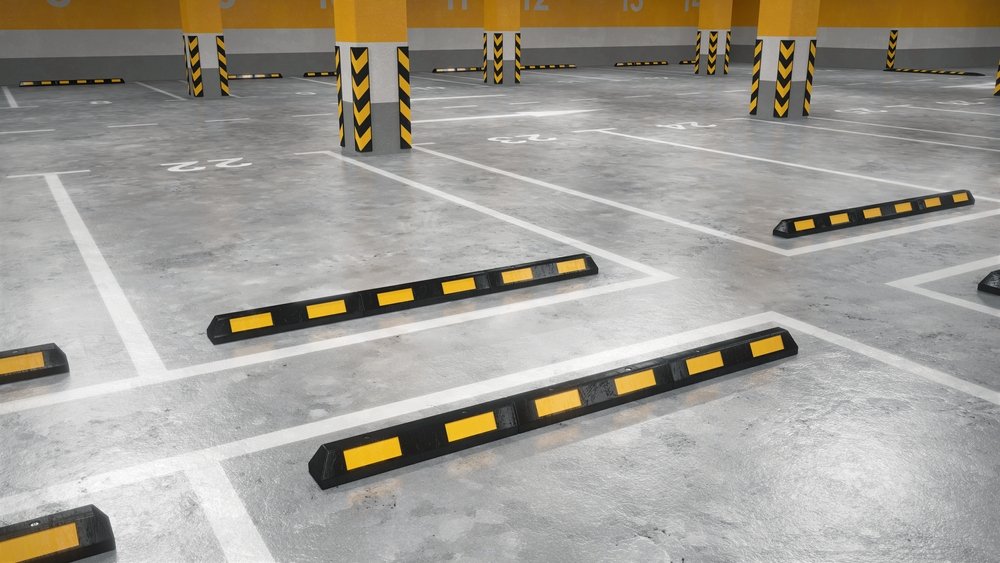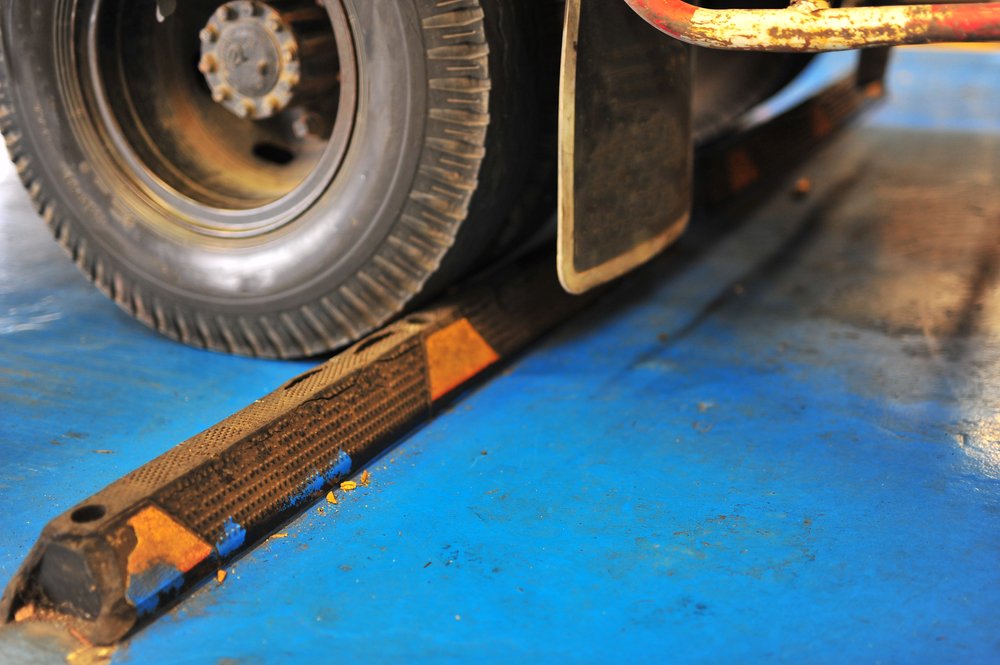Car park wheel stops: Have you ever considered the importance of those small, often overlooked, objects in a car park? Most likely, they’ve saved you from numerous potential car dents – or worse. Yes, we’re speaking about car park wheel stops. But what are they really, and why do they matter so much? What should be the focus when selecting and installing them? This blog post aims to delve deep into the world of car park wheel stops, highlighting their roles and impacts on our everyday parking experiences.
Often seen as merely functional objects that blend discreetly into the background, these unassuming elements in a car park play significant roles in shaping a safe and streamlined parking environment. With increasing urbanization, the need for functional and, most importantly, safe car parks have never been more prominent. In this context, the role of wheel stops comes to the limelight.
Understanding the role of car park wheel stops gives an appreciation of their importance in the modern urban landscape. Useful for both commercial and residential settings, they create efficient systems that improve safety, minimize damages, and enhance convenience for drivers.
What Are Car Park Wheel Stops?
Car park wheel stops are small barriers installed at parking spaces that prevent vehicles from moving beyond a certain point. Typically produced from concrete, rubber, or plastic, they restrict vehicles from causing potential damage in the parking area.
Their inherent value lies in their ability to protect pedestrians, avoid damage to surrounding structures, and maintain the integrity of orderly parking spaces. Their use varies as they can be customized to fit various areas, from large-scale commercial lots to private residential spaces.
Why Are They Needed?
Wheel stops are valuable elements of any effective parking system. They help in maintaining orderly parking, safeguarding pedestrians, protecting surrounding structures, and managing vehicle movement. In a nutshell, they aid in creating a safe, organized parking environment.
In ways more than one, car park wheel stops are fundamental to our modern urban fabric. They are dynamic design solutions that prioritize safety and efficiency, facilitating our day-to-day interactions with parking spaces.
Different Types and Materials Used
The selection of wheel stops depends on a mix of factors including the type of vehicles, volume of traffic, climate, and budget. The common materials used for wheel stops include concrete, plastic, and recycled rubber.
Each material has its own unique parameters of cost, durability, and maintenance requirements. Durability and low maintenance make rubber and plastic wheel stops popular choices for commercial establishments.
Installation Tips and Considerations
Correct installation is paramount to the performance of the wheel stop. Specific placement, height, and intervals between stops are critical parameters to ensure maximum utility and safety. Moreover, regular inspections and maintenance are essential to assess wear and tear, ensuring lifetime functionality.
Pros and Cons
While majorly beneficial, like every element of design, car park wheel stops also come with their limitations. While they are excellent in preventing parking mishaps and maintaining order, their effectiveness is largely dependent on correct installation and routine maintenance. Regular inspections are required to note any wear and tear, and timely replacements are necessary to ensure optimum efficacy.
On the brighter side, wheel stops are a cost-effective solution, non-invasive, and perfect for creating more organized, safer, and user-friendly parking environments.
Making a Case for Environmentally Friendly Options
With the advancement in material technology, environmentally friendly options like recycled rubber wheel stops are now available. These offer the dual benefits of being resilient and sustainable, contributing positively to the environment while serving its primary function effectively.

Conclusion:
Undeniably, car park wheel stops, though often unnoticed, play a crucial role in our urban environments. As we delve deeper into their purpose, design, installation, and benefits, we gain an appreciation for the subtle yet impactful functions they perform daily.
Wheel stops strike a balance between utility, safety, and aesthetics in parking spaces. They remind us that good design isn’t always about the grand display but also about subtlety, coherence, and attention to small details that make a massive difference. Car park wheel stops amplify this essence of design with their incremental contribution to safer, more efficient parking environments.



